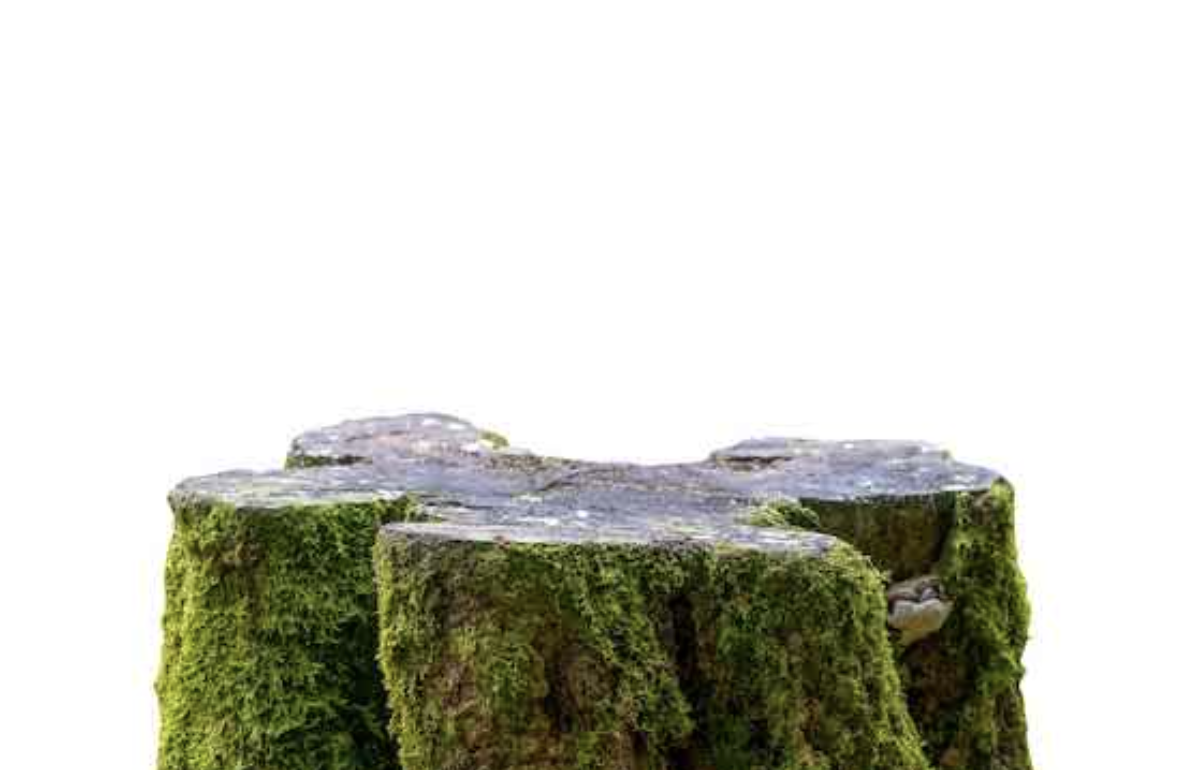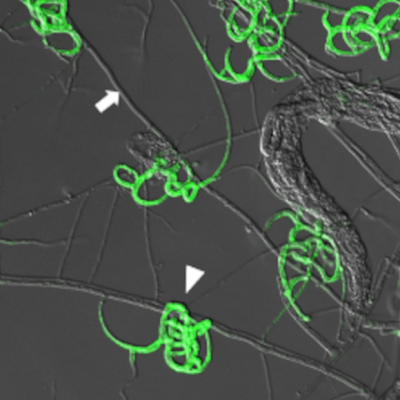Restoring deadwood is a recognized strategy for bolstering biodiversity in forest ecosystems. However, understanding how and when wood‐inhabiting organisms colonize different types of deadwood remains crucial for developing effective restoration frameworks. This study, led by Sonja Saine and her team, utilizes DNA metabarcoding to compare wood‐inhabiting fungal communities in naturally fallen spruce logs and those felled for restoration, shedding light on the intricacies of deadwood restoration.
Results from the study led by Sonja Saine and her team unveil substantial differences in the composition of pioneering fungal communities between natural and felled logs. Natural logs, as reported in “Natural deadwood hosts more diverse pioneering wood‐inhabiting fungal communities than restored deadwood”, exhibit higher species richness and heterogeneity, emphasizing their unique ecological value. Despite these disparities, felled logs maintain a commendable fungal diversity, indicating their potential contribution to ecosystem health. The response to log type exhibits a robust phylogenetic signal, with certain orders, such as Polyporales and Hymenochaetales, hosting species of conservation concern more prevalently in natural logs.
Moreover, the impact of log type is particularly pronounced for rarely recorded taxa, suggesting a greater habitat specialization for these rare species. This insight, reported in the study, emphasizes the need for nuanced considerations in deadwood restoration, especially regarding habitat preferences of less common species.
In summary, as highlighted by S. Saine and her team in their study published in “Restoration Ecology” (2023), while restored deadwood can host diverse fungal communities, this research underscores that freshly felled logs differ from fresh natural logs. Therefore, deadwood restoration initiatives should not only focus on increasing deadwood quantity but also prioritize its quality. Retaining existing natural deadwood is advocated over artificially downing trees, ensuring a more holistic approach to forest restoration.










